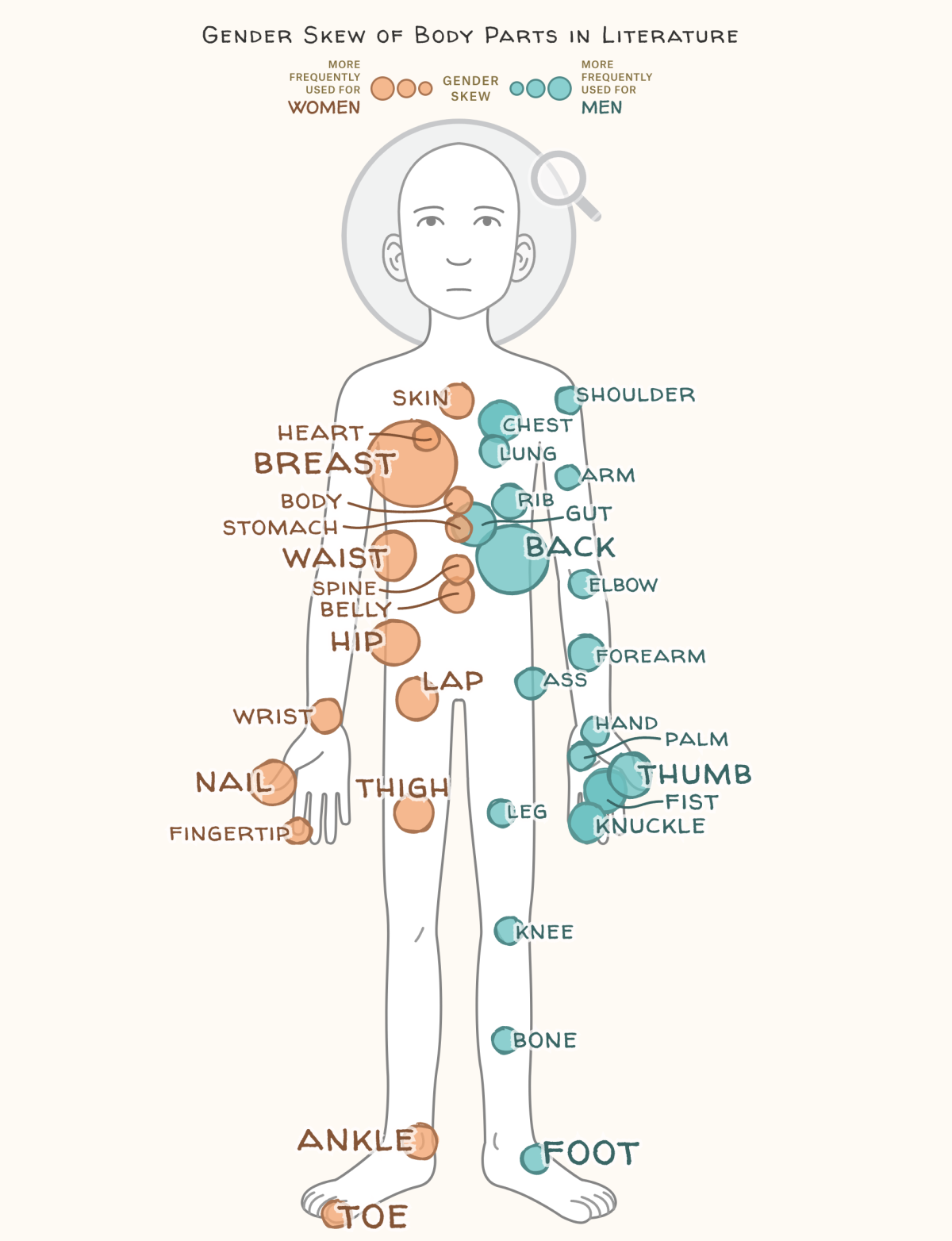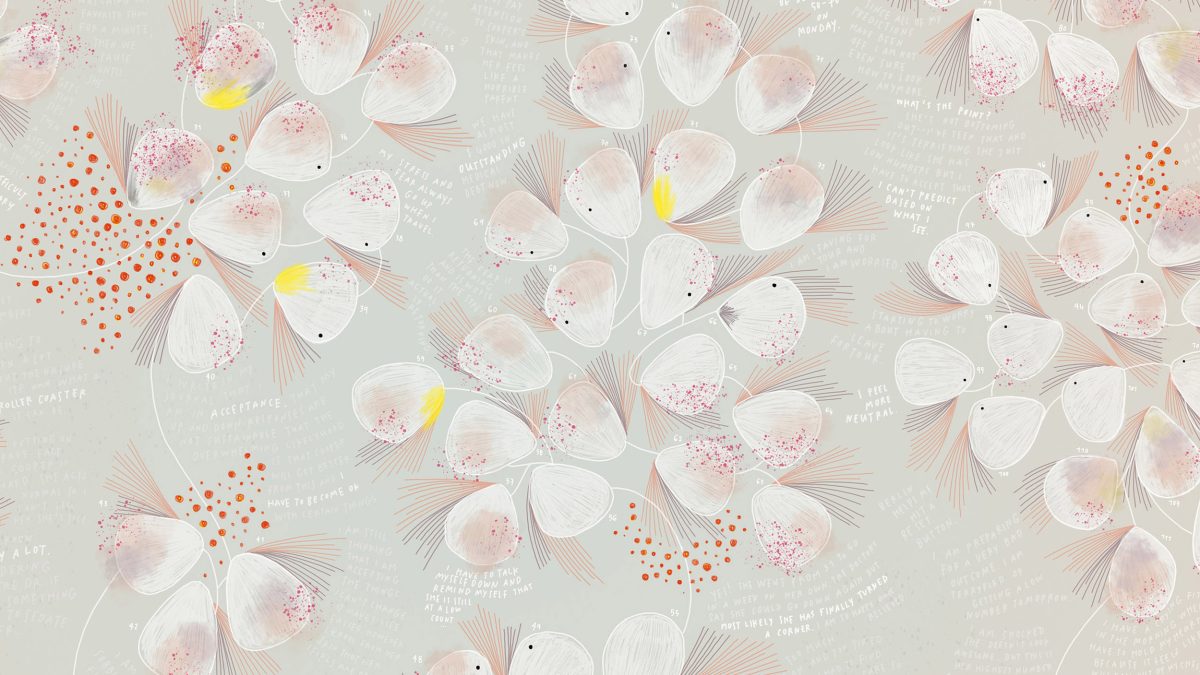Overview
Where data does exist, decision-makers are often unaware of or inadequately using it. Without an accurate analysis of climate and environmental impacts, it is not possible to craft effective solutions or advance progress toward a sustainable future. (GEDA, 2023)
Key Questions
- Why is it important to have accurate data analysis and visualization regarding gender and climate?
- What principles and practices can make data visualization and mapping more gender-sensitive?
- What role does storytelling, accessible and visual design, data privacy, stakeholder engagement, training and awareness, and impact assessment play in gender-sensitive data visualization and mapping?
- How does the expertise of gender data specialists contribute to building gender-sensitive climate data and ensuring a more inclusive and intersectional approach to climate research?
- What examples from the gender data field, such as tracking femicides and recognizing the care economy’s importance, highlight the role of activists and organizations in generating and collecting data in areas where official data is lacking?
Gender-sensitive Charts and Mapping
Data visualization and mapping can be made gender-sensitive by considering the following principles and practices:
Inclusivity
Ensure that data collection processes and sources represent the diversity of gender identities and experiences. Collect data on gender with respect to different aspects, such as age, ethnicity, income, and education, to provide a comprehensive understanding.
Intersectionality
Recognize that gender is just one aspect of a person’s identity. Explore how gender interacts with other factors like race, class, and access to education, technology, and basic human rights, as this can lead to more nuanced and accurate insights.
Gender-Disaggregated Data
Whenever possible, collect and present data that is disaggregated by gender, showing the distinct experiences and impacts on men, women, and gender-diverse individuals.
Storytelling
Accompany data with narratives and stories that highlight the lived experiences of individuals of different genders, making the data more relatable and actionable. Putting emotions and embodiment into the data can also create deeper connections with the audience.
Accessible and Visual Design
Use visual elements that resonate with diverse gender identities, avoiding overly gendered or binary imagery. Ensure color choices and iconography are inclusive.
Data Privacy
Handle gender-sensitive data responsibly, following privacy and security standards to protect individuals’ information.
Stakeholder Engagement
Involve relevant stakeholders, including gender experts, advocates, and the affected communities, in the data collection, analysis, and visualization processes. Ask them how they want to be represented.
Training and Awareness
Educate data practitioners and decision-makers about the importance of gender-sensitive data and visualization techniques. Encourage gender mainstreaming in all data-related processes.
Impact Assessment
Continuously assess the impact of data visualization on gender awareness, decision-making, and policies. Make necessary adjustments based on feedback and results.
An example of a complex reality that can be oversimplified is the gender wage gap. Traditional data visualization may present this as a simple comparison of average salaries between men and women, overlooking occupational segregation, discrimination, and the impact of caregiving responsibilities. Feminist data visualization, on the other hand, can delve deeper into these complexities, portraying the intersecting dimensions of race, class, and other factors that shape the wage gap, providing a more nuanced understanding of the issue. (Pollicy, 2023)
Resources

The Physical Traits that Define Men and Women in Literature
One great example of gender-sensitive visualization is the research “The Physical Traits that Define Men and Women in Literature.” This work aims to see if authors emphasize specific body parts more for male characters than female characters. And also to see if female bodies are often described using distinct adjectives compared to those used for male characters. To investigate, The Pudding selected 2,000 books, ranging from Pulitzer Prize-winning classics to popular best-sellers.
BRUISES – The Data We Don’t See

Another example of gender-sensitive data is the work by Giorgia Lupi. In the art piece “BRUISES – the data we don’t see” the artist shows that clinical records alone hardly capture the impact the illness of a child has on a family. Giorgia Lupi used music and art to understand and communicate the information that was missing.

Energizing Equality: The Importance of Integrating Gender Equality Principles in National Energy Policies and Frameworks
In this USAID & IUCN report, we can clearly see that women’s potential in the energy sector is often overlooked due to societal barriers. Integrating them at all levels of the energy value chain can enhance clean energy initiatives, yield better returns, and expand emission reduction opportunities. Few national energy frameworks explicitly recognize women as change agents, despite their unique knowledge and experiences.
How Can Expertise in Building Gender Data Help Build Gender-sensitive Climate Data?
Actions You Can Take
- Prioritize inclusivity and intersectionality in data collection, analysis, visualization, and communication.
- Capture nuances in climate impacts on different genders, considering factors like age, ethnicity, and income.
- Create advocacy for gender mainstreaming in climate policies and capacity building.
- Work with the experience of activists and organizations that are striving hard to fill data gaps, as seen in femicide records and the care economy.
- Learn from women’s and feminist movements that created methodologies to measure previously unquantifiable impacts.
- Engage with stakeholders, impact assessment, and promotion of gender sensitivity in climate research.
Sources
-
Prebble, M., & Rojas, A. (2017). Energizing equality: The importance of integrating gender equality principles in national energy policies and frameworks. IUCN Global Gender Office, Washington.
-
Pollicy (2023) Harnessing the Power of Feminist Data Visualization for Gender Equality https://pollicy.medium.com/harnessing-the-power-of-feminist-data-visualization-for-gender-equality-dd5d696c8dd7
-
The Pudding (2023) The physical traits that define men & women in literature https://pudding.cool/2020/07/gendered-descriptions/
-
Lupi, G. (2018) Bruises — The Data We Don’t See http://giorgialupi.com/bruises-the-data-we-dont-see
-
USAID (2017) Energizing Equality: The importance of integrating gender equality principles in national energy policies and frameworks
https://portals.iucn.org/union/sites/union/files/doc/iucn-egi-energizing-equality-web.pdf